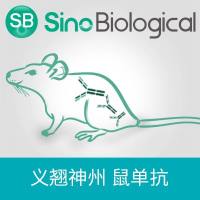New Approaches to Fluorescence In Situ Hybridization
互联网
594
Fluorescence in situ hybridization (FISH) is a nonisotopic labeling and detection method that provides a direct way to determine the relative location or copy number of specific DNA sequences in nuclei or chromosomes. With recent advancements, this technique has found increased application in a number of research areas, including cytogenetics, prenatal diagnosis, cancer research and diagnosis, nuclear organization, gene loss and/or amplification, and gene mapping. The availability of different types of probe and the increasing number of FISH techniques has made it a widespread and diversely applied technology. Multicolor karyotyping by multicolor FISH and spectral karyotyping interphase FISH and comparative genomic hybridization allow genetic analysis of previously intractable targets. We present a brief overview of FISH technology and describe in detail methods of probe labeling and detection for different types of tissue sample, including microdissected nuclei from formalin-fixed paraffin-embedded tissue sections.









